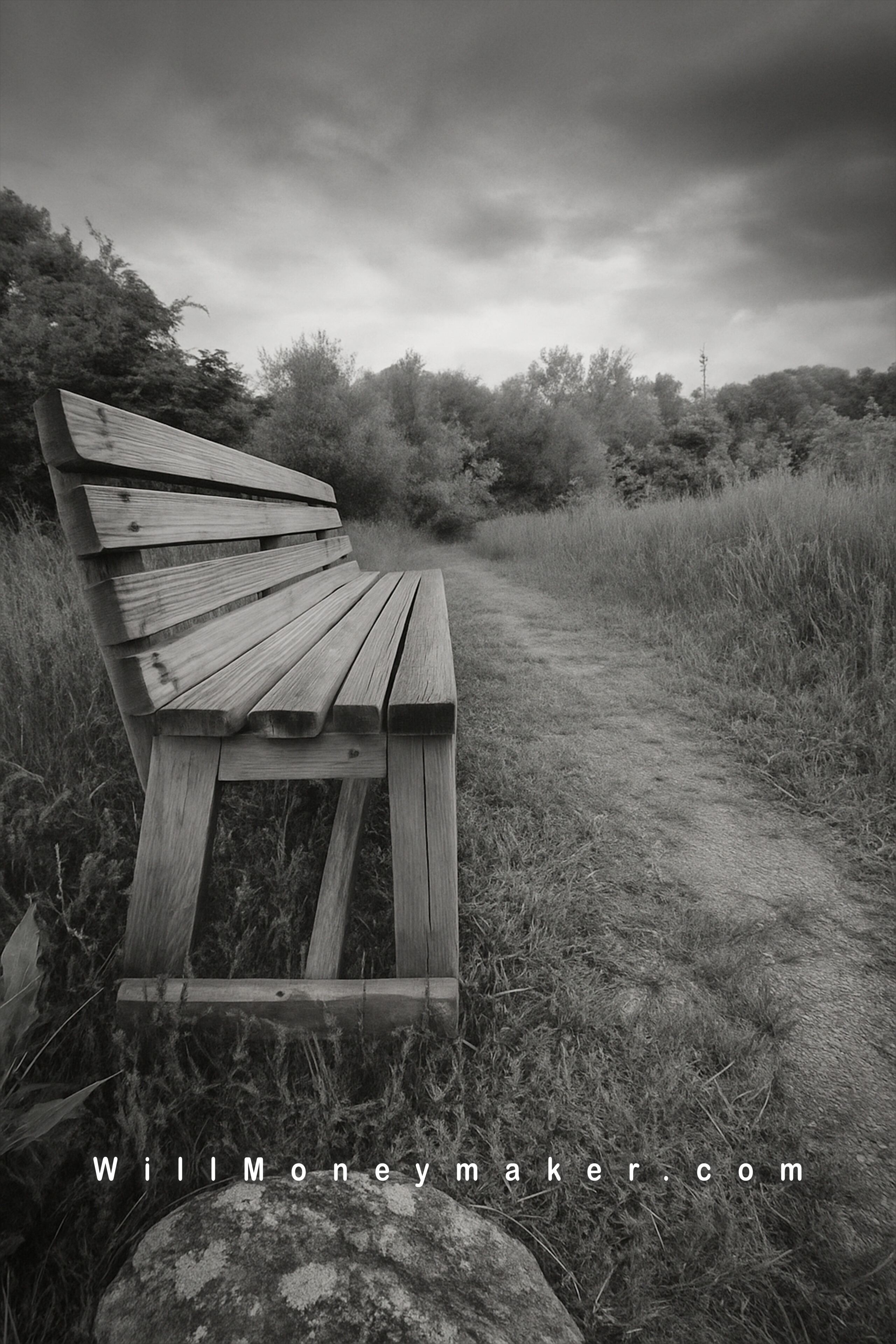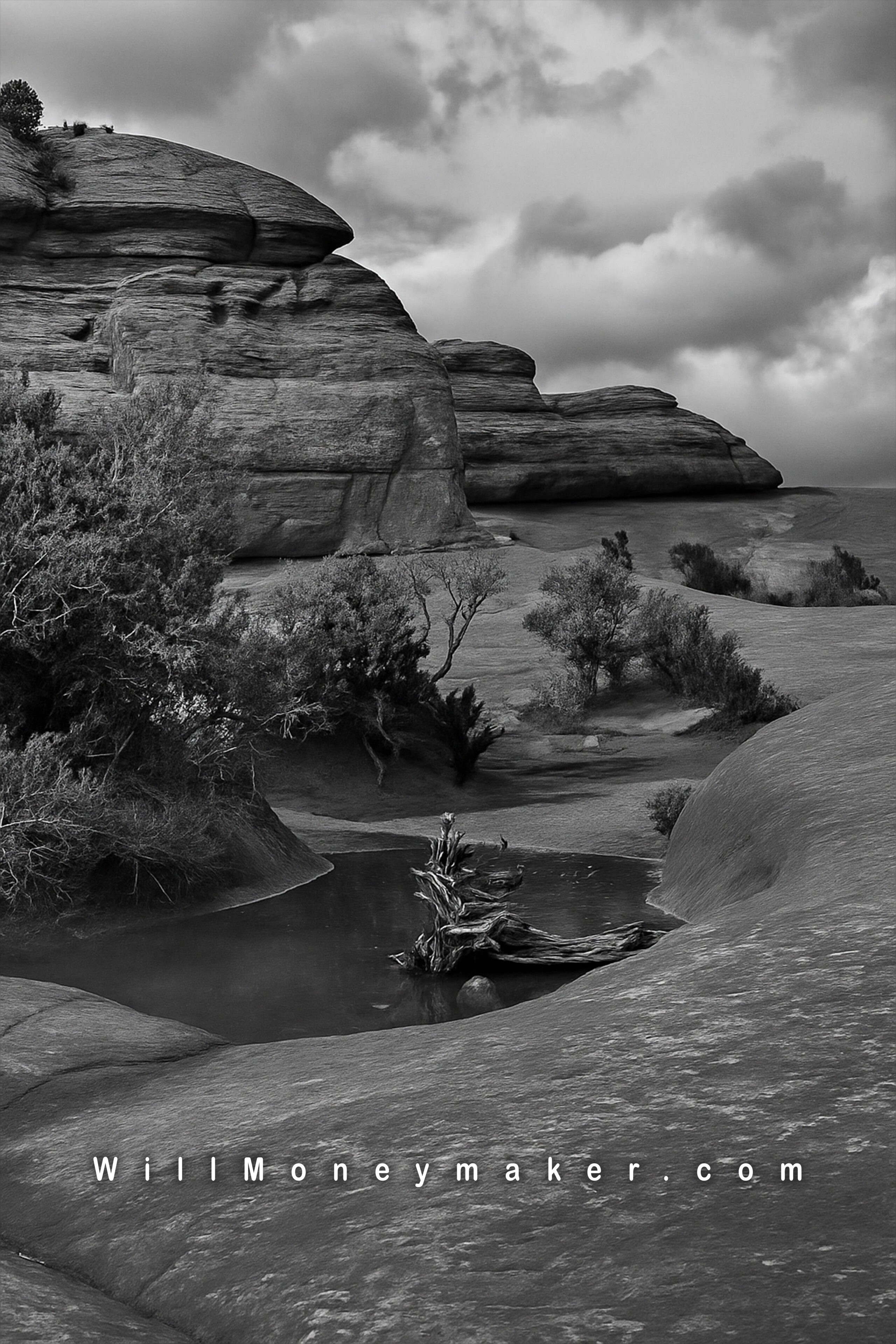If you’re part of a community of photographers, whether online or in person, then you’ve probably experienced what I’m about to describe. Whenever you talk to photographers about how to make a good photograph, that conversation often turns toward gear. Various camera models and their merits are commonly discussed, as well as lenses, editing software and so on. It can come to the point that one starts to assume that only “good” gear can create good photographs.
That’s something that we often overlook. I’m guilty of it, myself. As we pursue the latest and greatest gear, we often forget that the technology we use, though highly sophisticated, is just a tool. Amazing images can be created with a variety of tools.
Here’s an analogy. You can buy a power drill so that you can drive screws on a home improvement project. Just about any power drill, you buy will do the job. Even a screwdriver will do it — it just makes the task extra difficult. A power drill with lots of fancy features, usually the more expensive model at the hardware store, will make the job easier.
Our cameras, lenses, filters, editing software and so on — they can be likened to the drill. They’re tools for photography, something that makes the process easier, but not something that necessarily makes a photograph “good.”
So what does make a photograph good? There’s a challenging question! There are more factors that I can possibly list. For the most part, however, these factors have nothing to do with gear and everything to do with the photographer. Here are a few things to think about as you improve upon your own work.
Good Photography Takes Learning
When we think of learning, the first things to come to mind are — again — things like gear. Photographers need to learn the intricacies of their gear, post-processing techniques and about various photographic techniques.
While that kind of learning helps you create a good photograph, there’s a lot more to it than that. At its heart, photography is an art that makes us learn about the world. In order to create something unique, something original, we have to explore the world around us and seek out unusual takes on often everyday things. This often requires an intimate knowledge of the subject material.
And even if you don’t have that intimate knowledge, whatever you happen to be photographing, you’ll find yourself learning about that thing as you take the photographs. In this way, photography is not only about learning for yourself but also about sharing the delight of your discoveries with others.
Photography is Communication
It’s something that we rarely think of when we create photographs, but a good photograph is one that communicates. And there are so many different ways to communicate. Tell a story with a single photograph or a series of them. Use a photograph to reveal your opinions or to show the world what you think is beautiful.
Art is a language that crosses conventional language barriers. It doesn’t matter if a person can speak the language you speak. Someone from another part of the world can still look at images and understand what the photographer was trying to convey. The best photographs all have this in common. They’re not just mundane images but images that speak to people in a variety of different ways.
Good Photography Sees the Extraordinary
This is a challenge I’ve talked about before. In this day and age, with digital photography accessible to millions if not billions of people, nearly everything has been photographed. If you want to create a photo of a never-before-seen flower, good luck! You’ll likely have to discover a new species to accomplish such a thing. Even scenic vistas are hard to photograph in an original manner, especially since all the best vistas are often listed online as excellent destinations for photographers.
The challenge, then, in creating a good photograph, is to take these ordinary things that everyone has photographed and find something extraordinary about them. When we look at physical objects — a tree, a car, a house — we all see them from more or less the same perspective. The trick is to find a new perspective, to take those objects and look at them in ways that are unique to you. If you can do this, and in so doing, create a photograph that no one else has considered, then you’ll have created something truly magical.
Good Photographs Express Something
Up above, I talked about things like storytelling. Here, I refer to emotional expression. When you boil art and communication down to its very basic elements, at the bottom, you’ll find emotion. Good art is meant to evoke emotions.
Emotion is how humans relate to each other. If you see someone sitting on a park bench crying about something, your natural instinct is to feel sorry for that person and to think about times in your life when you felt something similar. Laughter and smiles are infectious — one happy person in a room can get a grin out of everyone in that room. When one person yawns, everyone yawns. We all relate to each other.
We relate to art and photography in the same way that we relate to our fellow humans. When we look at images of great beauty, we feel happy, and when we look at images of tragedy, we feel sad. There is a whole range of emotions to explore and almost as many different ways to evoke those emotions in our images.
As you create, be as conscious of emotional content as you are of the physical elements within the image. One of the key differences between an ordinary photograph and an extraordinary one is the emotional impact it carries.
I said it earlier, but it bears repeating: There are many, many more ideas than what I’ve listed here that can be used to create a good image. Keep in mind that it’s not the technology but the mind behind the technology. With these thoughts in mind, maybe you can use some of the ideas presented here to help guide you as you explore ways to put the technology you have to work!
Now go and enjoy the beauty of God’s creation through your lens.




